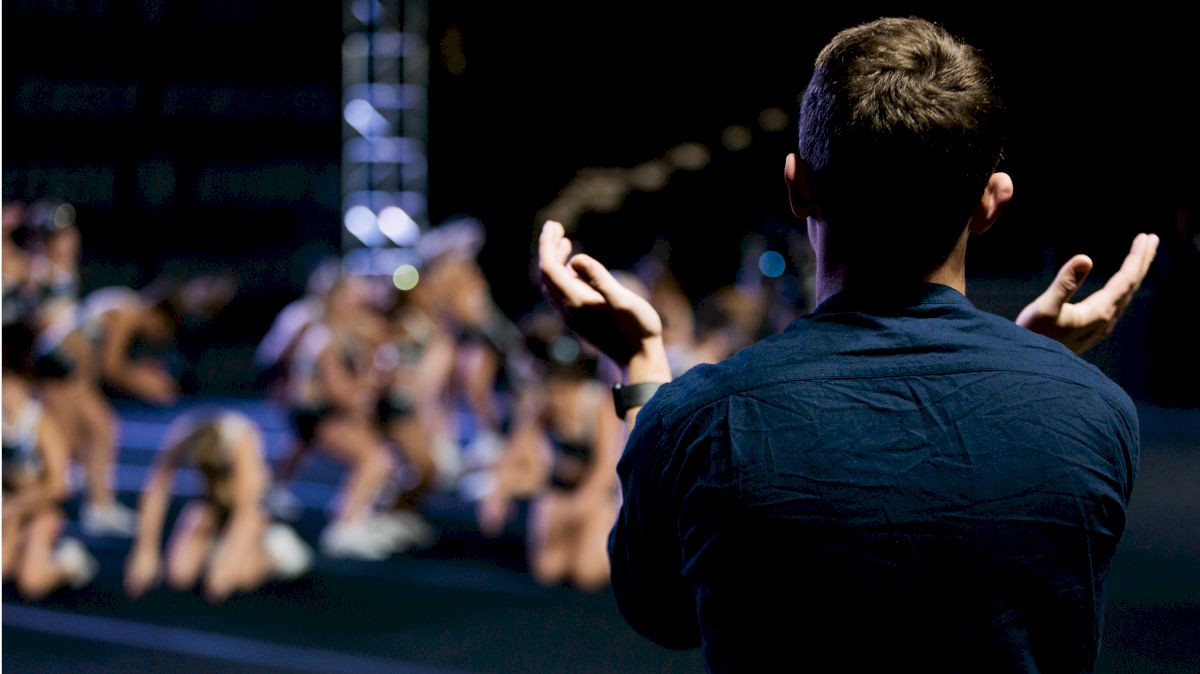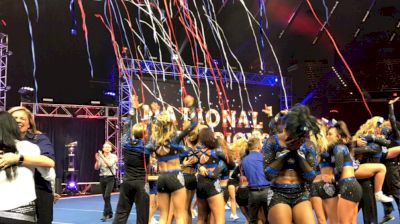The Unexpected Truth About Cheer Coaches
The Unexpected Truth About Cheer Coaches
From teaching gravity-defying tumbling skills to emotionally supporting teams, coaching cheerleading is more than a side job or pastime activity.

So you coach cheerleading?...That's your job?
For years the answer to that question was "YES." And I answered with all the passion, pride, and spirit that my 5-foot body could muster. To the common cheer-muggle, coaching doesn't really sound like a big deal, and it may even strike one as a side job or pastime activity that people do "for fun."
But I'm here to tell you what you're missing.
Spending 15-plus hours per week prepping athletes for performances and games and teaching them skills that defy gravity and push the limits of flexibility and strength is no walk in the park for the cheerleaders or the coaches who make it happen.
While the physical skills cheerleaders need to perform can be uniquely challenging, there are also more mental demands in cheer than many sports.
For those who've never tried some of these skills, you may be confused.
Let me break them down.
A back handspring, for example, is one of the more basic skills you learn as you begin tumbling. Trusting your body to flip backwards with only your force, momentum, and know-how to guide it is pretty intimidating. And learning how to do it doesn't happen overnight. For some, it takes years to master a back handspring (not to mention more advanced tumbling skills). It's not something you simply teach yourself.
Behind every good tumbler, there's a good tumbling coach.
Many cheerleaders log hundreds of hours a year training in the gym to perfect and practice their skills, and that means coaches are doing the same. Learning new ways to train skills and emotionally support athletes in success and defeat is difficult, but it's also rewarding. And I'm not talking trophies here.
Taking on tumbling is only half the battle. Next, we must master stunts, baskets, dance, cheer, and jumps…got all that? Now we're going to put that to some music and do a routine all together — in synch with 20 of your closest friends. Teaching athletes to master individual skills takes a lot of concentration and energy, but when it's time to form stunt groups and perfect a routine, there's a new dynamic: trust and teamwork.
When groups start to hit the air, it's a true challenge for them to get in perfect synch and keep the attitude in check when things go wrong. A coach must teach, correct, encourage, and at times become a team counselor.
Like I said, there's more to it than you think. Cheer coaches are some of the most unique super humans on the planet. For every hour an athlete is in the gym, a coach is putting in at least double that to prep. Choreography, certification, new grips, transitions, rules, legalities, administration duties — the list could go on forever. It's a challenge, but the yield is more than enough a reward.
The bond you form with your cheer team is something you can't really explain. You're together for hours each day and are literally putting your strengths and skills to work to defy gravity. "Family" is something you hear a lot when it comes to cheer teams and programs. It sounds a bit of a cliché to some, but those in the inner circle know: it's nothing to joke about.

Personally, coaching cheer teams has been the most rewarding experience of my life. I was given the opportunity to show athletes they can accomplish the unthinkable, push beyond their limits, and chase dreams of passion and purpose. Those years were the best of my life.
So next time you meet a cheerleading coach, tip your hat. They're a pretty big deal.

- Auto